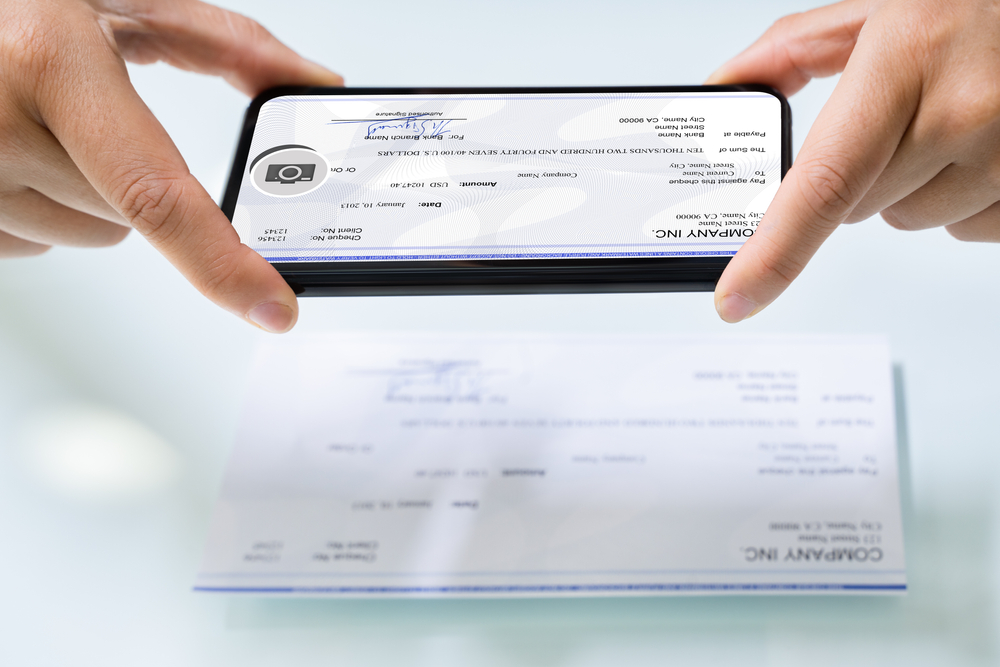Alogent’s 2024 New Years Resolutions for Mobile Banking
Wendi Klein, VP of Marketing at Alogent, asks if 2024 just might be the time to take an even more serious look at mobile banking and suggests the best ways to take advantage of what has by now become an expected banking feature:
With the kick-off to 2024, it’s an opportune time for financial institutions to set resolutions that align with today's dynamic banking landscape. Although mobile banking has become commonplace, this is still an area for banks and credit unions to differentiate themselves. Given the market's ever-growing demand for convenience, security, and innovation, it's critical to continue to adapt within the mobile banking arena to remain competitive and meet account holder expectations.

Resolution for the New Year
Ms. Klein then proposes three resolutions designed to solidify mobile banking -- and thereby strengthen relationships with account holders:
Resolution 1: Enhance User Experiences in Mobile Banking
Ms. Klein suggests that one specific way to create better user experiences is by integrating conversational interfaces into larger online and digital banking platforms, like AI-driven chatbots.
In 2023, more banks and credit unions began adopting virtual user assistants and chatbots to handle inquiries, offer personalized financial advice, and elevate the account holder's experiences. A study by Juniper Research suggests that chatbots will be responsible for cost savings of over $7 billion globally by 2024, across all sectors, with banking included as a primary beneficiary.

Resolution 2: Advanced RDC Technology
Remote deposit capture technology is a virtually expected feature of the modern banking experience.
A significant focus also lies in employing new technologies to preemptively identify and mitigate risks at the point of presentment, such as:
- Watermarking and Digital Fingerprinting: Implementation of unique identifiers on checks to ensure authenticity and traceability, reducing the risk of duplication and fraud.
- Behavioral Analytics: Advancements that enable banks to detect and prevent unusual activity in real-time through analysis of user behavior patterns.
- Biometric Authentication: Growing use of fingerprint and facial recognition technologies to add an additional secure layer to the RDC process.
- Cross-Channel Fraud Prevention: Integration of RDC platforms with broader fraud management systems to create a unified and robust defense strategy.
Resolution 3: Committing to a Future-Ready Approach
One of the most detrimental tendencies for any financial institution is the inability to examine and embrace emerging technologies. This can be a matter of attitude and approach:
Embracing these resolutions is more than just about adopting new technologies, it’s about cultivating a mindset geared toward innovation and user-centric services.

Commitment to Advancing Check Payment Technology
With an estimated 11B checks written each year, check payments will not being going away anytime soon -- much to the pundits' chagrin. For businesses, checks are a major payment vehicle, with a reported 81% of firms still paying other firms with checks. On the consumer side, there are various reasons why individuals continue to make check payments as well.
It only makes sense for banks to invest in automating the processing of checks -- particularly through mRDC -- while also putting in place new technologies like AI and machine learning to detect fraudulent check payments.
2024 is poised to be the year that financial institutions and their fintech partners take mobile banking to a new level. Optimizing all payment channels will be a key for success.
